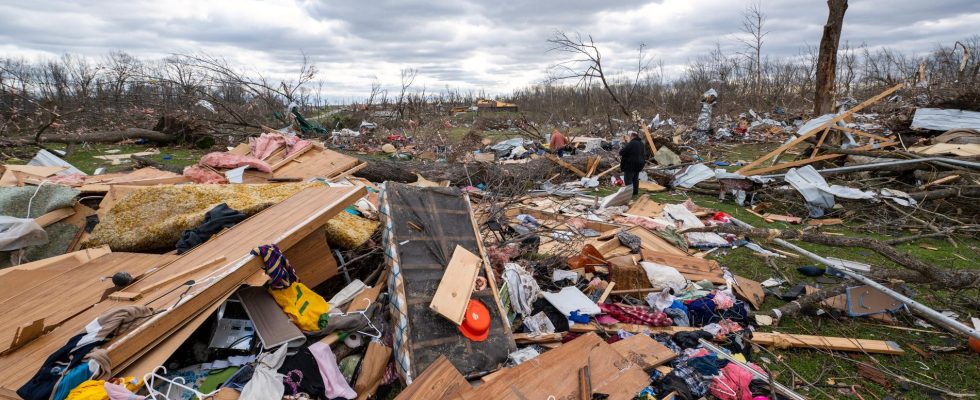Published: Less than 20 min ago
Certain strong movements in the atmosphere can lead to extreme weather such as heat waves and storms. Now researchers have shown that these movements have become more common, which can have fatal consequences.
Atmospheric movements that the researchers have studied can be described as weather covering large geographical areas, which in turn control the weather locally. This could be, for example, high and low pressure over different regions.
Some such atmospheric movements contribute to extreme weather and can cause heavy rainfall, strong winds and heat waves. Precisely these movement patterns have become more common in Europe, according to a study by researchers from Sweden and France.
– That these circulation patterns that lead to extreme weather have become much more common is both surprising and worrying, says Gabriele Messori, professor of meteorology at Uppsala University and one of the researchers.
More heat waves
Often we talk about temperatures when we talk about climate change. But while the increase in temperature is fairly easy to measure, it has been more difficult for scientists to understand how the atmospheric movements are changing.
In the study, which is published in the journal PNAS, the researchers analyzed data between the years 1950 and 2020. The conclusion is that the atmospheric movements that cause heat waves and storms in Europe are increasing and occurring two to four extra times per decade.
– It may not sound like much, but we had an extreme heat wave in Sweden at the latest in 2018. If one comes four times in a decade, it means a big impact on us, says Gabriele Messori.
Gets worse
In Europe, more than nine out of ten deaths resulting from extreme heat waves have occurred during the increasingly common atmospheric circulation patterns, the researchers note. That these large movements become more common will likely lead to stronger temperature increases than those expected in various future scenarios.
If global warming results in the temperature during heat waves in Europe rising by 2 degrees, due to warmer air currents from the continent it could instead end up at 3 degrees.
In addition, the researchers saw that the movements that bring cooler weather have become less common in recent decades, which also contributes to global warming.
Facts
Examples of extreme weather last year
Storm Eunice kills at least eight people in the UK and Poland. In Poland, 400,000 households will be without electricity.
In Rio de Janeiro, Brazil, extensive mudslides and torrential rains led to over 200 deaths. During some days, 280 millimeters came, which leads to extensive devastation and destruction of buildings, roads and other infrastructure.
Rainfall in South Africa caused nearly 400 deaths and affected over 40,000 people. Waterborne diseases, food and water shortages are the result.
Large parts of Western Europe will experience extreme temperatures during the summer of 2022, which, among other things, will cause around 1,000 deaths in Portugal and 500 in Spain. Also in France, Germany and Great Britain, the heat wave leads to deaths and destroyed crops.
In Pakistan, during the monsoon period in August 2022, up to four times as much rain as normal will occur. Torrential rains and floods submerged a third of the country, killing over 1,700 people and affecting around 33 million. Roads, villages and infrastructure were destroyed. The costs are estimated to be over SEK 100 billion.
In Chile, over 200 severe forest fires broke out in February this year. At least 24 people died and over 1,000 were injured. A heat wave with temperatures around 40 degrees combined with wind made extinguishing work difficult.
Read more
